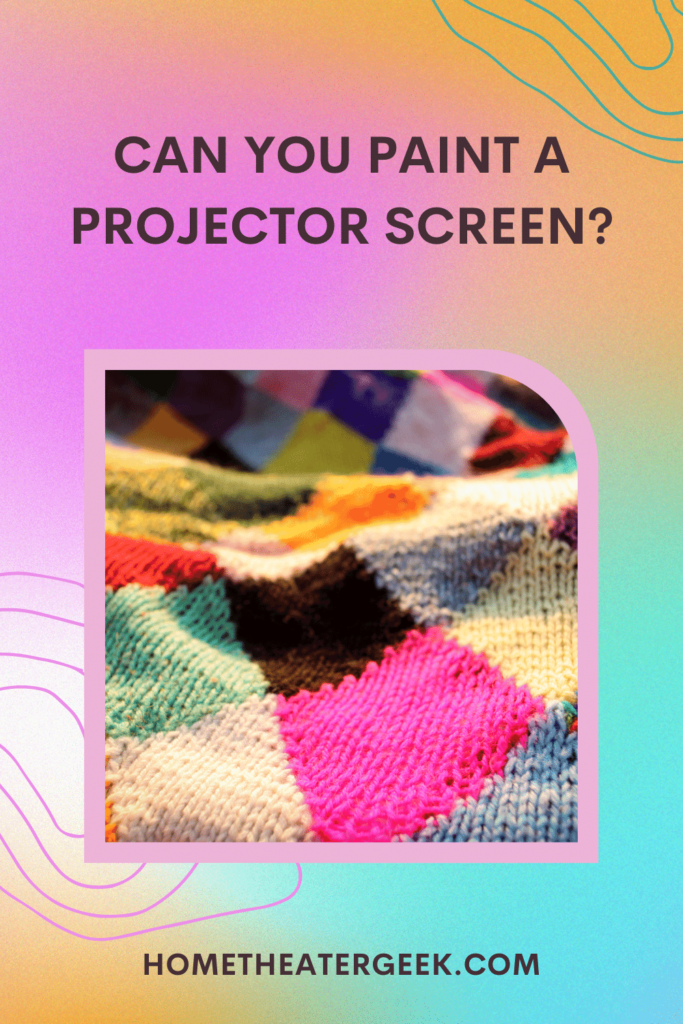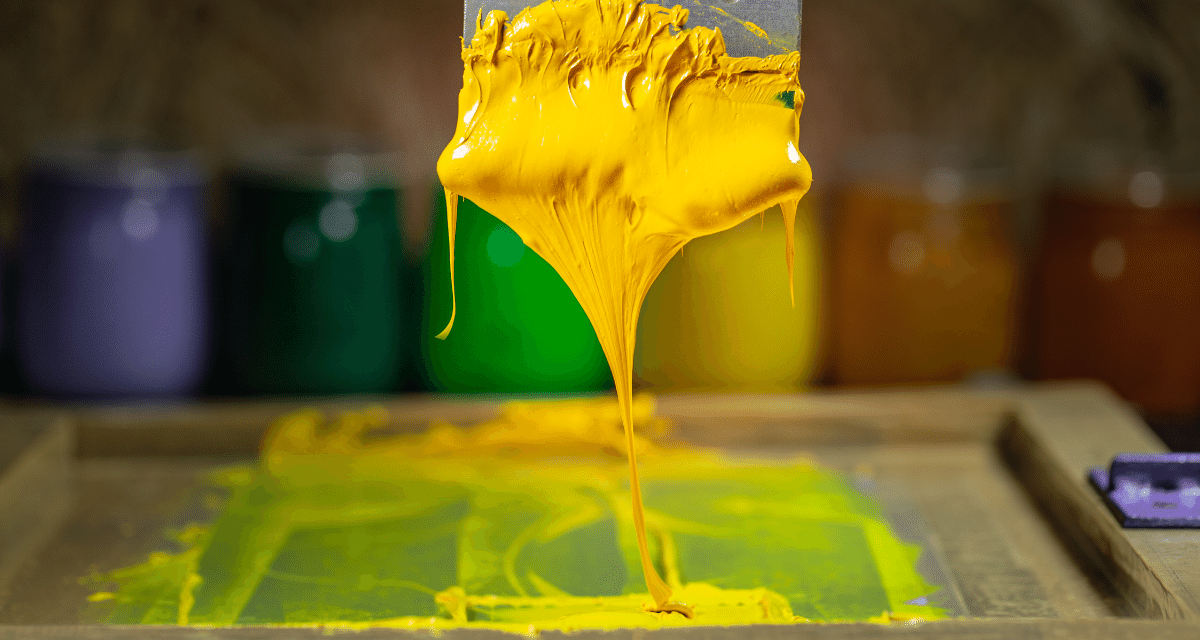We hope you love the products we recommend! Just so you know, we may collect a share of sales or other compensation from the links on this page. Thank you if you use our links, we really appreciate it!
You’re excited, just like anyone else would be, to watch this favorite movie on a big screen. You quickly discover that the ideal projector screen to provide you with the cinematic experience you want is far above your means. You are worried about what to do now? The next option you can choose is to paint a projection screen on the wall. But how can you paint a projector screen? As you know nothing about it.
Don’t worry, you can accomplish this. Continue reading, and I’ll explain how to do it.

Table of Contents
Best paints for projector screen
So, you want to add a projection surface to your office space, home theatre, or classroom, but aren’t sure how to paint a projector screen? So why not first choose the best paint for a projector screen? What sort and shade of paint should you put on a projection screen, though?
Choosing the ideal product for you is the first action you must do. Numerous projector paints are available in the market. They are made to deliver the greatest possible home theatre experience. The projector screen paint should be extremely smooth, reflect very little light, and not be drab in appearance.
The brightness of the projector, the lighting conditions outside, and individual preferences and needs would all influence the color of the paint. So the best colors for projector screen paint are White, Gray, and Black. Have a look at their specifications in detail.
Gray Paint
You might want to use paint that is greyer, depending on the brightness output of your projector. If your projector’s specifications state that it generates more than 3,500 lumens, you should generally consider going grey. For outdoor screenings, it works best because of how well it absorbs ambient light.
Black Paint
You should consider some things before using black screen paint. Check to see if your projector can handle the darkness. Lower illumination is preferable when projecting onto a dark screen. Therefore, look for a black screen paint bucket with intense color saturation when purchasing one.
Additionally, utilize a wall or screen material that promotes better light diffusion. In this manner, you can benefit more from the advantages of the black screen, such as enhanced reproduction of the image’s darker areas or enhanced contrast between the bright colors and the darker background.
White Paint
White paint is the most impartial hue. White is a popular color for screen paint since it is a straightforward shade with a neutral gain. To ensure that the video is accurately reflected on-screen, paint a wall white or repaint an existing screen. Because of its color accuracy and brilliant whites when the video is projected onto the screen, they continue to be the accepted standard for screen colors.
PVC material works well with them because, when necessary, it provides an illuminating effect. When compared to other hues, this color choice offers the widest viewing angles.
How to paint a projector screen?
Painting a projector screen is not a difficult task. Just follow these steps and your screen will be ready to view your favorite movie.
- Turn off all the lights in your theatre room before you start painting.
- Mark any surface imperfections, such as a little dip in the wall’s surface or a raised bump of paint.
- After that make sure your projector is set up, connected, and pointed at the projection wall before you start. With the image size of your choice, project a sharp image. Make sure the image has the appropriate contrast ratio and is sufficiently bright. To paint your projection square, use that image as a reference. Additionally, make sure the sides are level and straight.
- Use the tape to draw the image’s four sides. Now that you are prepared to begin painting.
- Grab the paint roller and start rolling some paint. Be aware to use neither too little nor too much paint. You won’t have enough coverage if it’s too little, and if it’s too much, the paint drips and eventually hardens into lumps.
- You must apply a double coat. Before applying the second coat, the first coat must completely dry. Take care not to apply too much or too little.
- As soon as the paint is still wet, remove the tapes. If you take them off after the paint has set, it might lead to paint edge cracks.
Things to consider before painting a projector screen
Resolution
The sort of resolution you need will depend on the projector type you’re using, exactly like the gain value, when choosing the ideal wall paint for a projection screen. The paints mentioned above are excellent choices if you want a paint that functions in HD.
Type of paint
What kind of paint you buy—acrylic or latex—is up to you. Acrylic paint doesn’t include vinyl, it is the greatest kind of paint. Compared to latex paints, they are less impacted by factors like humidity and temperature changes. Contrarily, latex paint uses vinyl as one of its constituent components and is typically less expensive than acrylic paint.
Refraction of light
Although projector screen paint is not supposed to reflect light, some of them do. Going grey with your paint is an option if you have control over the lighting in your space and can make it darker when you project your movies. The visual quality itself will be better because grey is significantly less reflective than white.
Color
A white screen will reflect more light than a silver or grey screen, so keep that in mind when choosing the ideal projector screen paint color. You won’t want a darker projector screen if your projector doesn’t emit a lot of brilliant light.
Number of coats
Different projector screen paints need varying amounts of coatings. You save a lot of money by using the majority of high-quality projector screen paints, which typically only require two coats.
Conclusion
The ideal movie-watching experience requires a nice projector screen. Painting the wall is a nice, affordable choice, but you must take caution with the type and color of paint you are using. Hope so, you have found the answer to your question Can You Paint a Projector Screen? After reading our article. Take your time choosing your paint and don’t forget to consider your projector’s capabilities. Never again will you have to pay for costly popcorn if you don’t rush the process.

